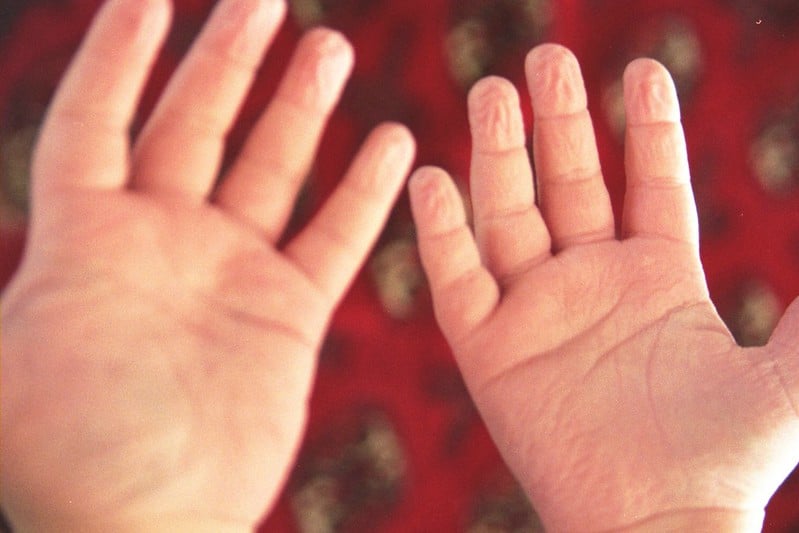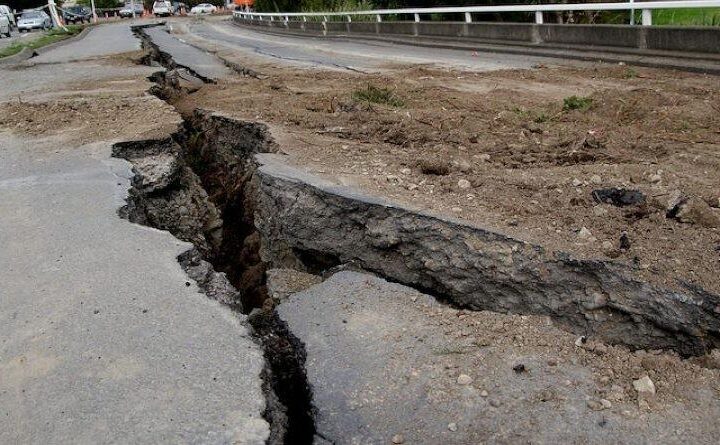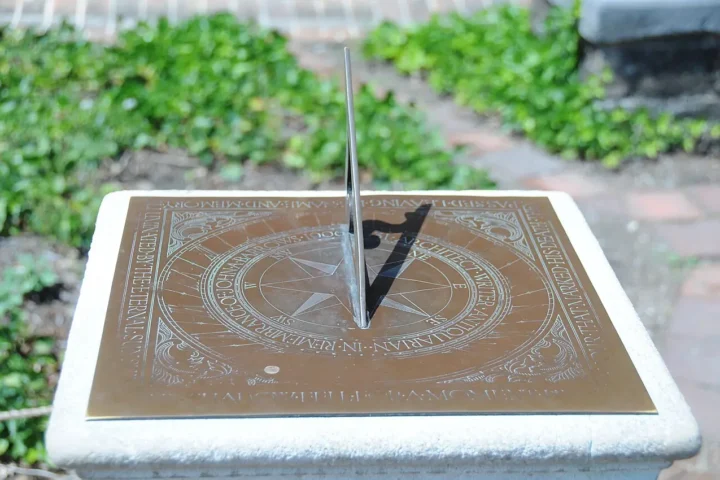Scientists at Binghamton University have proven that water-wrinkled fingers create consistent, unique patterns for each person, similar to fingerprints.
The research team photographed volunteers’ fingers after 30-minute water soaks. The tests, repeated 24 hours apart, showed identical wrinkle patterns in each person’s fingers.
“Blood vessels don’t change their position much. That means the wrinkles should form in the same manner, and we proved that they do,” says Guy German, lead researcher at Binghamton University.
The study shows that finger wrinkling is controlled by our nervous system. When hands touch water, skin ducts open and change salt levels. The brain then signals blood vessels under the skin to shrink, creating wrinkles.
These wrinkles work like tire treads on wet roads. They form channels that move water away from the skin’s surface, letting fingers grip better in wet conditions. Tests confirm that wrinkled fingers handle wet objects better than smooth ones.
Similar Posts
A key discovery came from testing a student with nerve damage. “We tested him – no wrinkles!” German notes. This proves that healthy nerves must control the wrinkling process.
The wrinkles don’t stay permanent for good reason. While helpful in water, wrinkled skin reduces finger sensitivity and could increase injury risk when handling dry objects.

The findings could have practical applications in forensic science, potentially helping identify bodies recovered from water. The research suggests that water immersion tests might also help indicate nerve function, as people with nerve damage don’t develop these wrinkles.
This new understanding of finger wrinkles adds to existing identification methods like fingerprints, opening possibilities for future applications in forensic science and medical diagnostics.


















